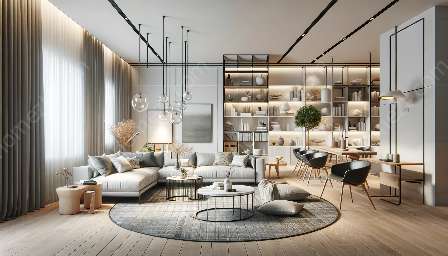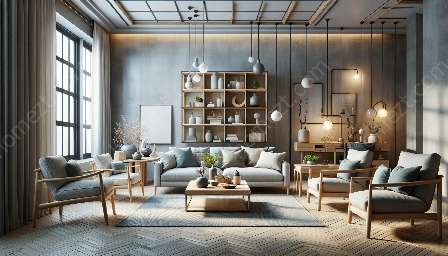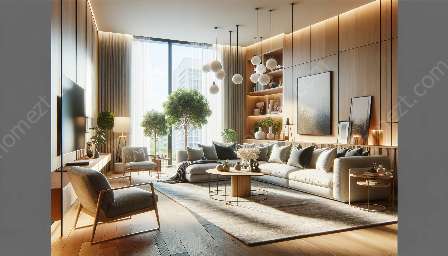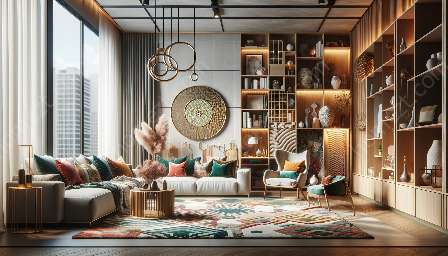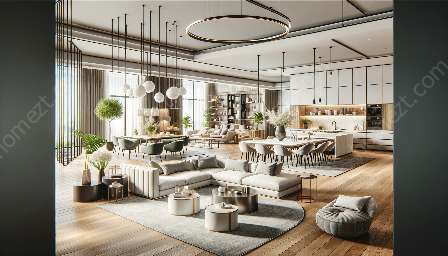Space has a profound impact on our psychological well-being and behavior. It encompasses not only physical parameters but also environmental factors that shape our perception, emotions, and interactions. When we consider the psychology of space within the context of home environments, it becomes evident that furniture arrangement and home furnishings play a crucial role in creating a harmonious and optimized space.
The Impact of Space on Human Behavior
Research in environmental psychology has shown that the design and layout of spaces can significantly influence human behavior. An environment's spatial configuration, lighting, colors, and overall ambiance can affect mood, stress levels, and cognitive performance.
Cluttered and cramped spaces can lead to feelings of anxiety and unease, whereas well-organized and spacious environments promote a sense of calm and relaxation. Understanding these psychological dynamics is essential when considering how to arrange furniture and choose home furnishings to maximize positive outcomes.
Creating Functional and Aesthetic Spaces
When it comes to furniture arrangement, the principles of spatial psychology can guide us in creating functional and aesthetic spaces that promote well-being. By considering the flow of movement, balance, and focal points, we can optimize the arrangement of furniture to enhance comfort and functionality.
Furthermore, home furnishings, such as color schemes, textures, and patterns, can contribute to the creation of an environment that supports mental and emotional well-being. For instance, calming hues and natural materials can evoke a sense of tranquility, while strategic placement of accessories can add character and warmth to the space.
The Role of Psychological Comfort
Psychological comfort is a key consideration when designing living spaces. By understanding the psychological impact of different room layouts and furniture configurations, individuals can create environments that cater to their specific needs and preferences. For example, a well-designed living room can facilitate social interaction and relaxation, while a thoughtfully arranged bedroom can promote restful sleep and relaxation.
Optimizing Space for Specific Functions
Space should be optimized to accommodate various functions, such as work, leisure, and socializing. The arrangement of furniture and home furnishings should align with the intended use of each space. This ensures that the environment supports individuals' activities and enhances their overall experience within the space.
Applying Spatial Psychology to Home Furnishings
When selecting home furnishings, it's important to consider their functional and psychological impact on the space. For example, ergonomic furniture can contribute to physical comfort and well-being, while versatile pieces can enhance adaptability and multi-functional use of the space. Furthermore, furniture that reflects personality and individual preferences can contribute to a sense of ownership and emotional connection to the space.
Conclusion
The psychology of space is a multifaceted area that encompasses the psychological, emotional, and social aspects of human interaction with the environment. By understanding the impact of spatial design and furniture arrangement on psychological comfort and well-being, individuals can create living spaces that promote harmony, balance, and overall happiness. Through thoughtful consideration of home furnishings and furniture arrangement, the potential of space to positively influence the human experience can be fully realized.




